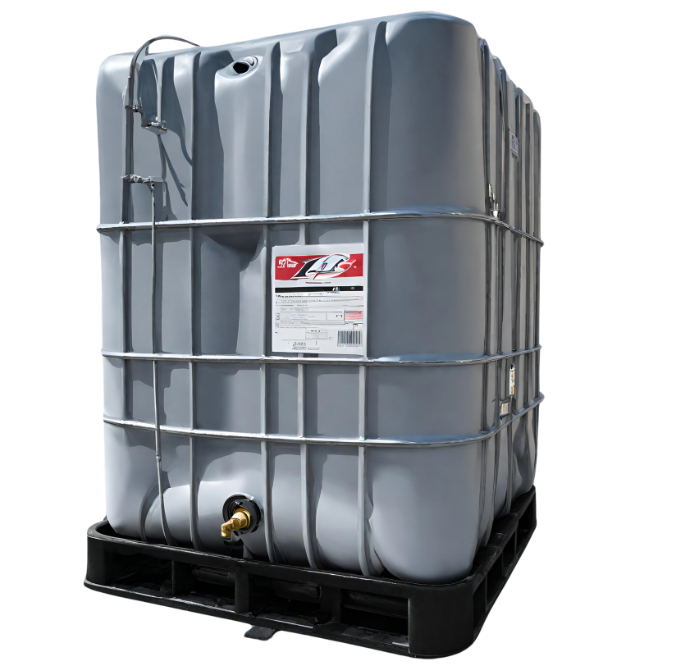
Small Grain Bins
You’re a mid-sized farmer searching for a small grain bin that will help you save money, time, and enhance the functionality of your business. However, you’re still unsure which small grain bin would be the best fit for you. Let’s…

You’re a mid-sized farmer searching for a small grain bin that will help you save money, time, and enhance the functionality of your business. However, you’re still unsure which small grain bin would be the best fit for you. Let’s…
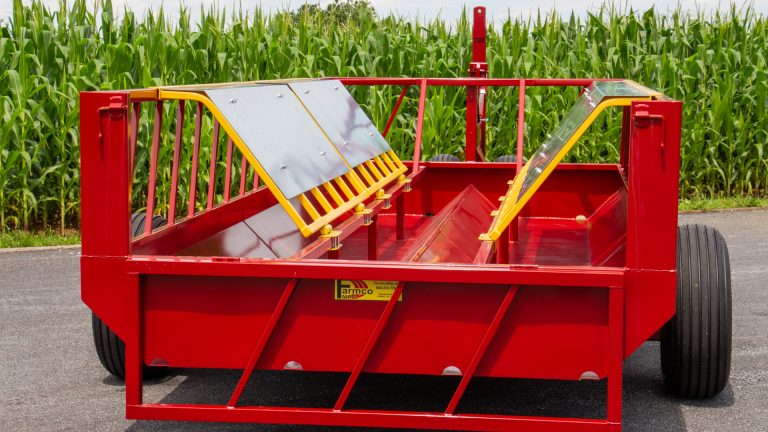
“The best way to feed hay to cattle,” you say? You’ve come to the right place! This article goes into detail about how to best feed hay to cattle (see our 1.5 ton portable grain bin for easy feed transport).…
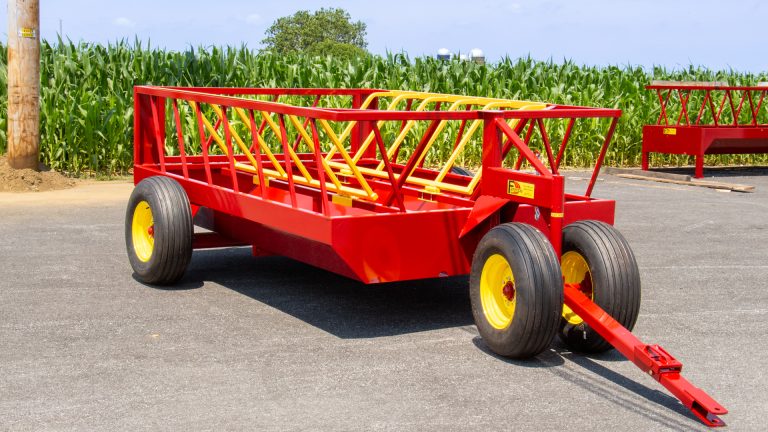
Fact 1: Cattle eat a lot of hay. Fact 2: A lot of hay is wasted every time you feed your cattle. Although “no waste hay feeders for cattle” are never 100% waste free, you can save a lot of…
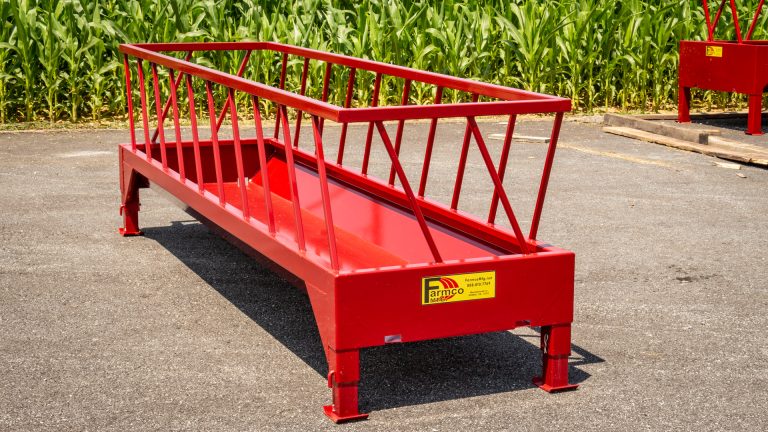
We understand that cattle feeding is a time-consuming process that requires attention to detail, consistency, and, of course, hard work. If you have any questions about bunk feed management or about cattle bunk feeders, then you’ve come to the right…
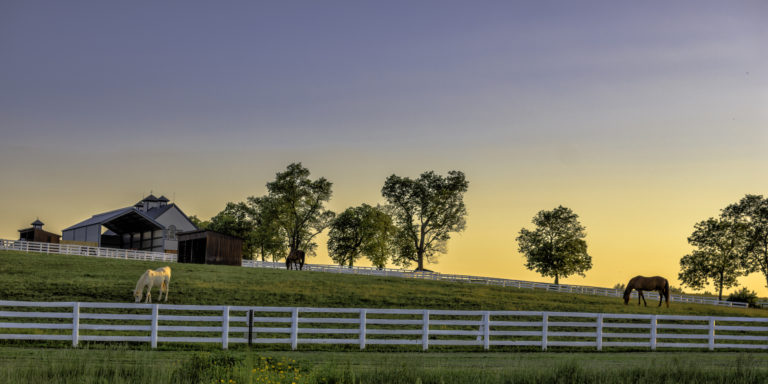
It’s that time of year again…National Farmers Day! It’s a chance for us to collectively take a step back and specifically thank all of the farmers who work so hard each day to feed the world. Thank you… …for all…
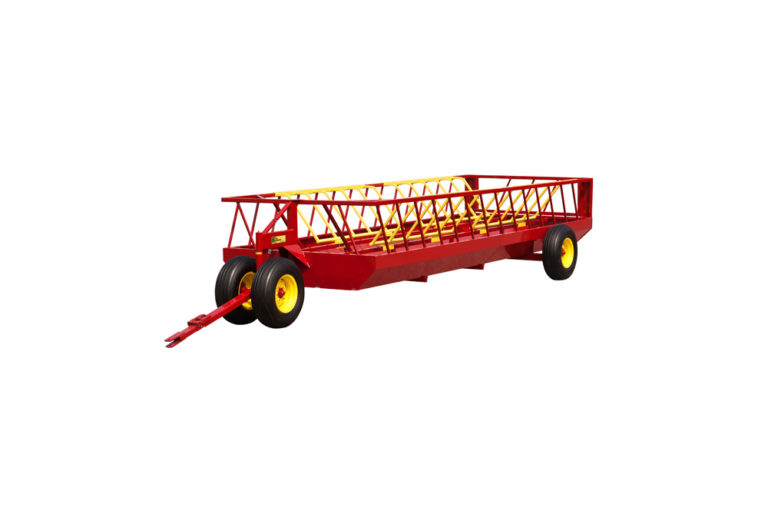
Your grain or other livestock feed is crucial to keeping your animals healthy during the winter — unfortunately, the animals in your herd aren’t the only ones who want a taste. Rodents and vermin like to turn your animal feed…
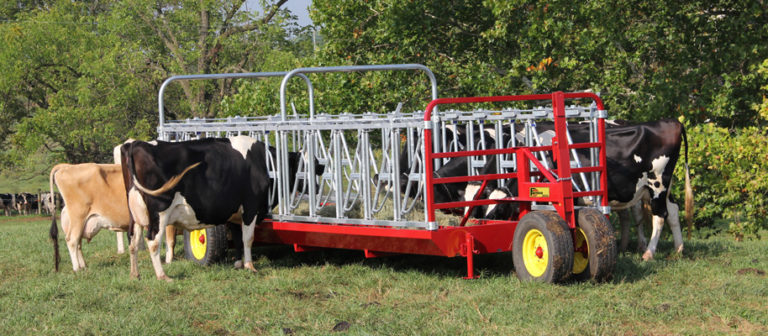
When showing your cow, winning the judge’s favor requires a combination of the cow’s condition and your own skill in the ring. Whether you’re new or experienced, these crucial cattle showing tips can help you ensure your cow gets a…
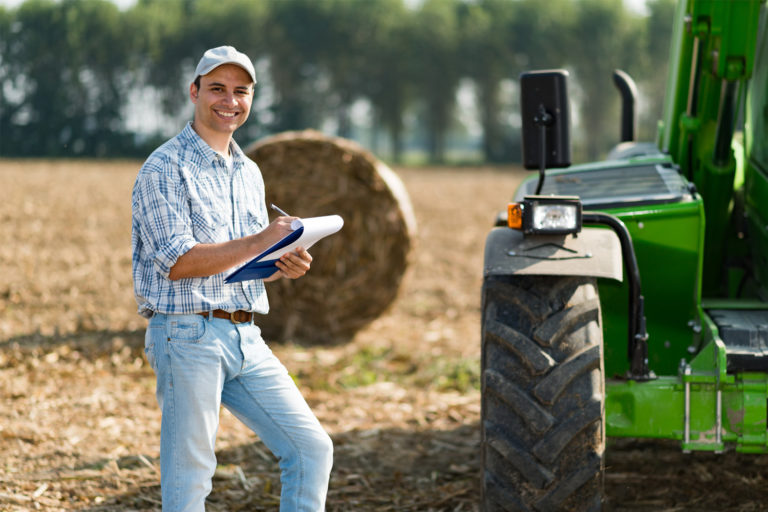
For farmers, time is money. Whether you raise cattle or board and train horses, doing anything you can to increase farm efficiency is worth it. That’s why Farmco designs products to offer labor-saving benefits to the farmers who use them.…
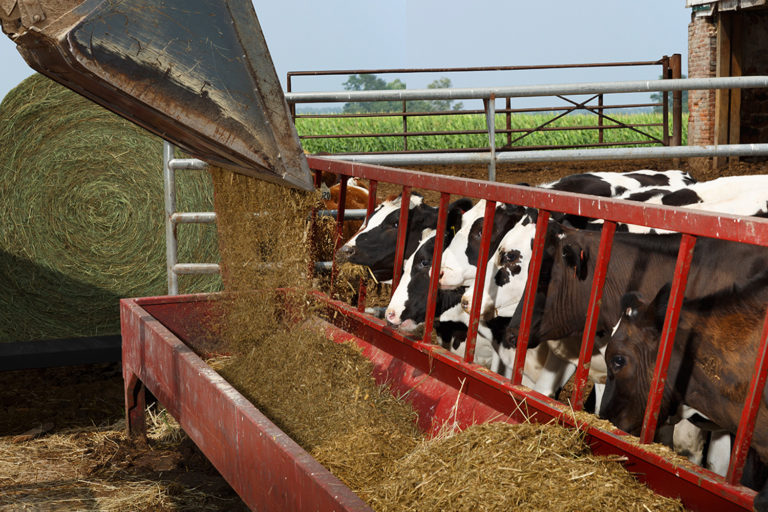
When you’re buying equipment for your farm, you want it to lessen your workload, be durable, save you money in the long-run, and meet your budget. In short, when you’re investing in new equipment – whether it’s a tractor or…
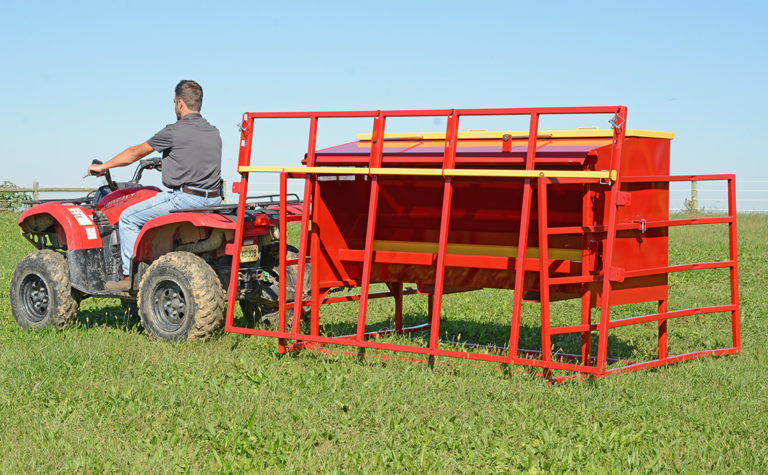
To cattle farmers, every pound of beef is precious, especially when you’re raising cattle without hormones or antibiotics. That’s why at Farmco, we provide farmers with the tips and equipment that can promote herd growth, for both weaning calves and…
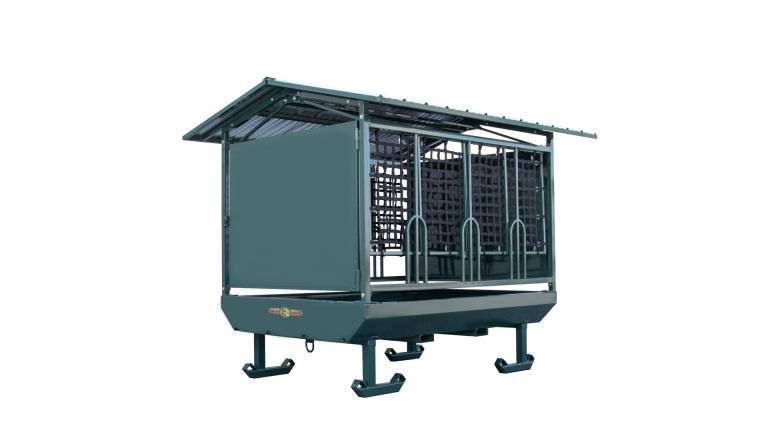
While most savvy farmers know that ground feeding is an outdated method, some still hold onto this old tradition—and that’s a bad thing. Some classic farming traditions have unfortunately stuck around. Still common among both cow farmers and equine enthusiasts,…
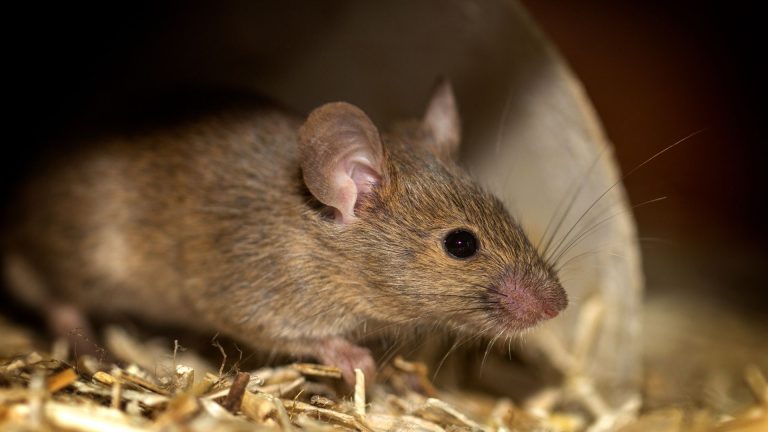
During the wintertime, both mold and vermin can contaminate your cattle feed. When cattle eat infected feed, it can lead to a series of issues including feed rejection and even sudden death. When animals are your livelihood, you need to…